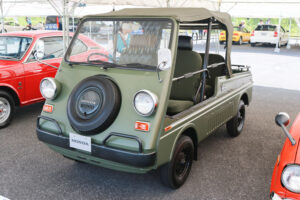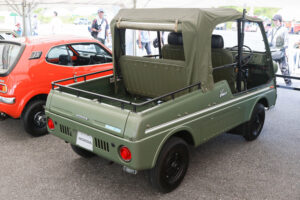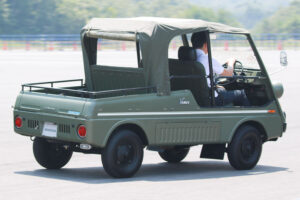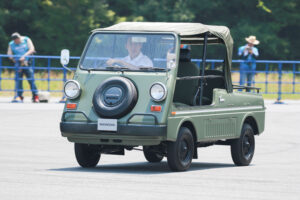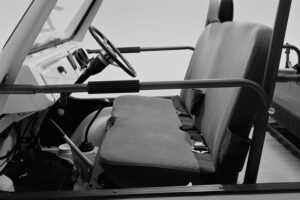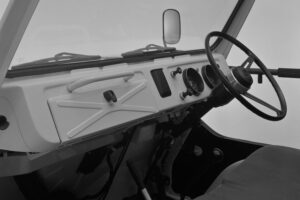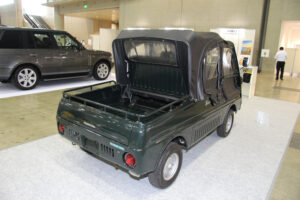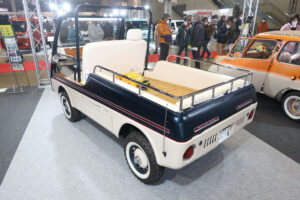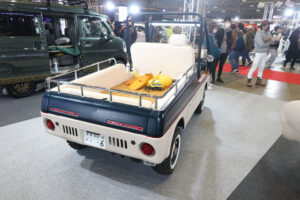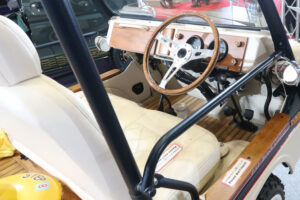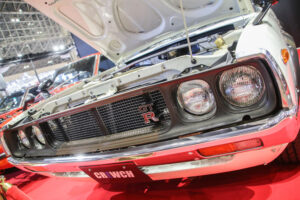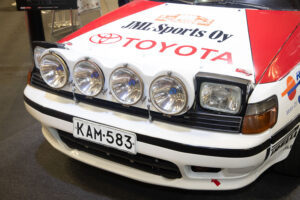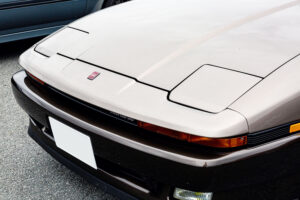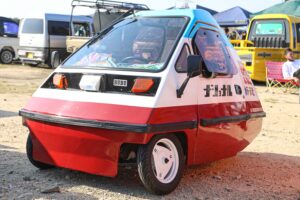Vamos was unacceptable and unpopular at the time of its launch
Honda, which had already enjoyed success as an automobile manufacturer with the T360 light truck and the S500 sports car, entered the Kei-car market in earnest with the launch of the N360 in March 1967. Although there were already many competitors in the Kei-car market, such as the Subaru 360, the N360’s high performance and reasonable price soon made it the top Kei-car in the market, overtaking rivals such as Subaru.
An “unconventional” car that transcends conventional wisdom
The N360’s engine, the N360E, was a single-cam conversion of the air-cooled parallel twin from Honda’s most powerful motorcycle, the CB450. The engine produced 31 hp from 354 cc.
Rival cars produced only 20 hp, so the N360 won easily. The price was 313,000 yen. Competitors were around 400,000 yen, so it was really competitive. Honda then introduced the LN360, a light van (commercial vehicle), as a variation of the N360 in June 1967. And another five months later, Honda released the TN360, a cab-over truck.
The TN360 featured the TN360E engine, based on the N360, mounted in front of the rear axle with the cylinder block almost horizontal. Engine displacement was 354 cc, the same as N360E, and maximum power was slightly lower at 30 hp.
The Honda Vamos was developed based on the TN360 and was launched in October 1970. Usually, a manufacturer’s press release states whether it is a passenger car, a commercial vehicle, a sedan, or a coupé. However, Honda Vamos’s press release stated that it was “a revolutionary car that can be used for all kinds of purposes”.
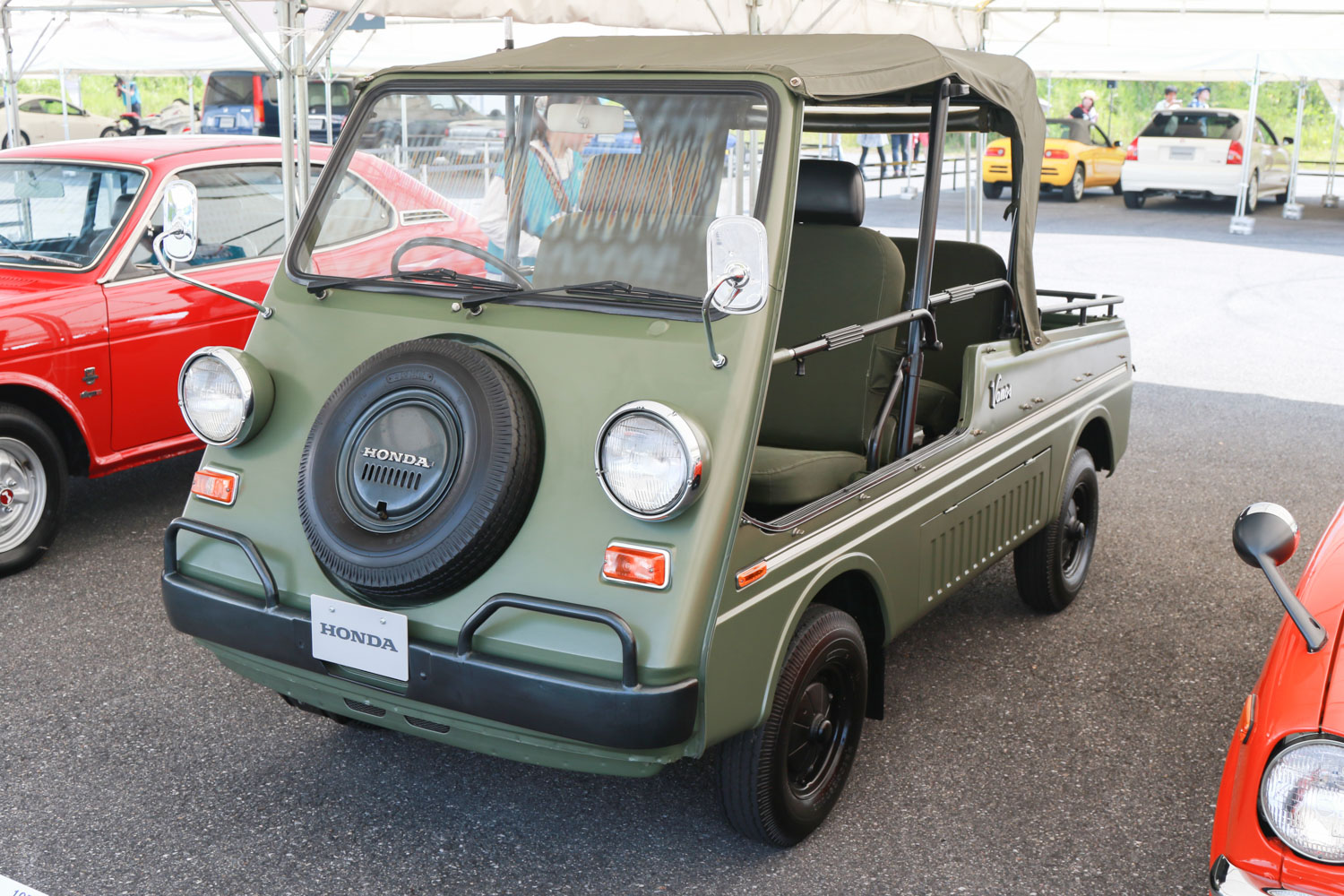
It is “a vehicle that can be used for an unlimited number of purposes, depending on the driver’s ideas”, and is “particularly suitable for jobs that require mobility, such as security, construction sites, in-plant transportation, electrical work, farm and forest management, ranching, outdoor work, and deliveries”.
In other words, Honda would not have been able to classify Honda Vamos. In 1970, when Vamos was launched, most passenger cars were sedans and commercial vehicles were vans and trucks. In the Kei-car genre, however, Suzuki launched the Jimny, an off-road 4WD, in April 1970, and Daihatsu introduced the Fellow Buggy, a beach car-like vehicle, in limited numbers.
In these circumstances, the Vamos was neither off-road nor dune buggy. It was a difficult model to market.
The production plan was 2,000 monthly units, including exports, but the target wasn’t reached. While the N360 sold well with its high performance and low price, the Vamos Honda failed.






